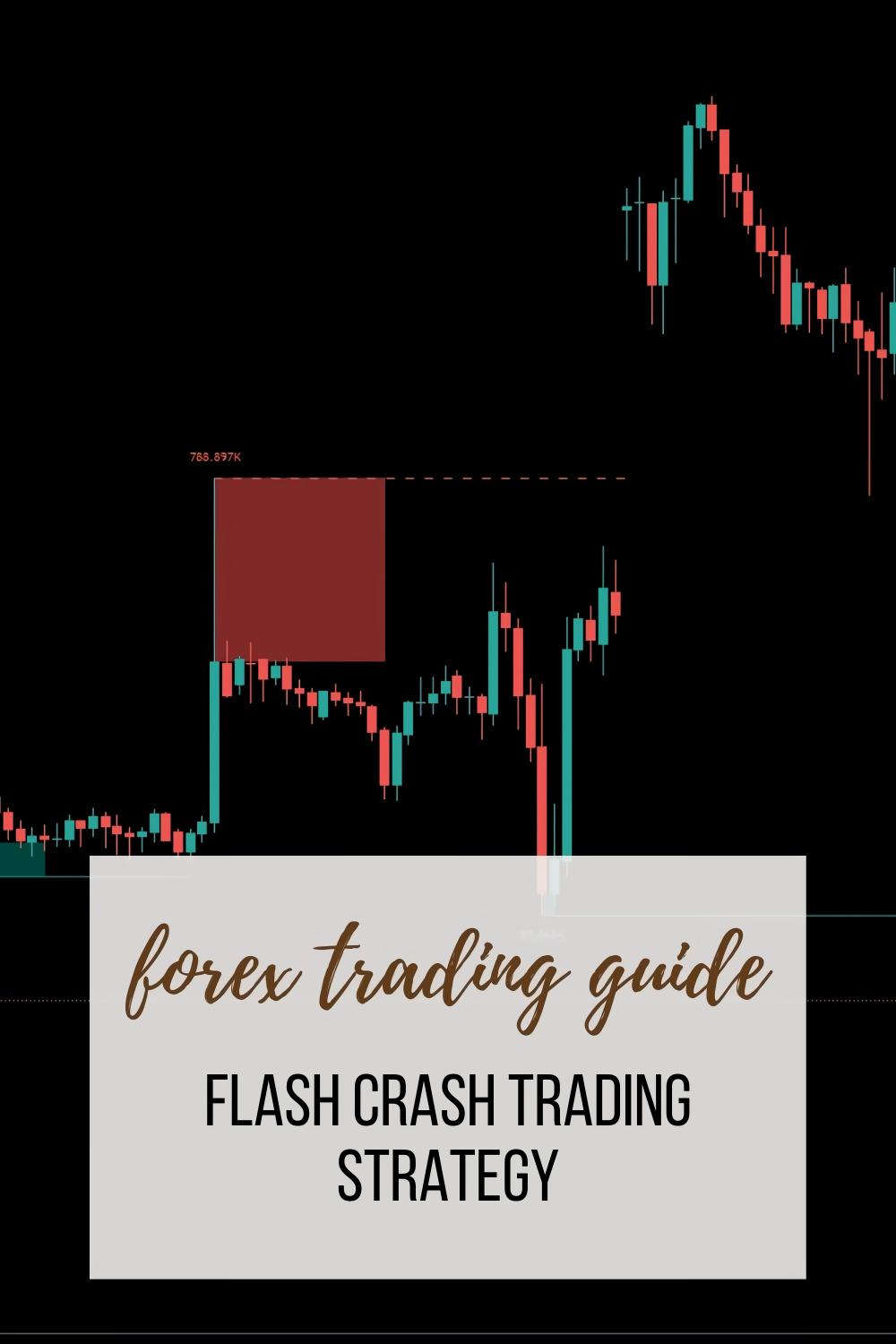Last Updated on March 25, 2025 by Arif Chowdhury
Let’s get real for a second.
Have you ever stared at your trading screen during a volatile market and thought, “How do I even navigate this chaos?”
Flash crashes are every trader’s nightmare. They come out of nowhere, wrecking havoc on portfolios in seconds.
But here’s the thing—they don’t have to be your enemy.
With the Flash Crash Trading Strategy Using Spreads & Order Book Liquidity Zones, you can flip the script and turn these sudden market moves into massive opportunities.
What’s the Deal with Flash Crash Trading?
Let’s break it down.
A flash crash is a sharp, rapid drop in prices followed by an equally quick recovery. For many, it’s panic mode.
But for those who know how to spot liquidity zones and use spreads to their advantage, it’s payday.
Here’s the truth: 70% of trading volume in forex markets comes from institutional investors, according to a BIS report. That means understanding how they operate—specifically their impact on liquidity—is key.
By identifying liquidity zones (areas where the big players enter and exit trades) and fine-tuning your spreads, you can ride the wave instead of being crushed by it.
Why Spreads and Order Book Liquidity Zones Matter
It all boils down to price behavior.
Liquidity zones show you where buyers and sellers are fighting it out. Spreads, on the other hand, reveal the cost of entering the market.
Put them together, and you’ve got a framework to predict market movements even in chaotic conditions.
Here’s what to look for:
- Wide Spreads: High spreads signal lower liquidity. Avoid entering trades here unless you’re a thrill-seeker.
- Tight Spreads: Tight spreads mean high liquidity. These are prime opportunities, especially when you’re near major liquidity zones.
Stat to Know: Did you know that during flash crashes, spreads can widen by up to 300%? That’s the kind of chaos you’re dealing with. But this volatility can be your best friend if you’re prepared.
My Secret Weapon: 16 Diversified Trading Bots
Since 2015, I’ve been honing my skills in both fundamental and technical analysis.
And after years of trial and error, I created a portfolio of 16 trading bots. These bots aren’t just “set it and forget it” gadgets—they’re battle-tested algorithms.
Each one is tailored for major currency pairs like EUR/USD, GBP/USD, USD/CHF, and USD/JPY. They’ve got three things going for them:
- Multi-layered Diversification: With 3-4 bots per currency pair, my portfolio minimizes correlated risks.
- Long-Term Gains: Designed to trade 200-350 pips on H4 charts, these bots crush it in the long run.
- Consistency in Chaos: Backtested for 20 years, they excel even under brutal market conditions.
Want to see these in action? I’m offering this entire portfolio for FREE—you can check it out here.
Trust me, these bots are worth their weight in gold.
How You Can Execute the Strategy
So, how do you apply the Flash Crash Trading Strategy? Here’s the playbook:
- Locate Liquidity Zones
Use your trading platform’s order book data to identify key areas of buy and sell orders. These are your liquidity zones. - Analyze Spreads
During volatile periods, spreads can reveal hidden opportunities. Look for tight spreads near liquidity zones for optimal trade setups. - Set Your Traps
Place pending orders just inside liquidity zones. This lets you catch the sharp moves during flash crashes without getting stuck in the aftermath. - Stick to Proven Tools
The right tools make all the difference. My bots use spreads and liquidity zone analysis as part of their arsenal. If manual trading feels overwhelming, let the bots do the heavy lifting for you.
Pro Tip: Always backtest your strategy over at least five years of historical data. That’s how I know my bots aren’t just good—they’re exceptional.
Don’t Forget the Brokers
Finally, all of this is useless without a solid broker. I’ve tested the best in the game, and choosing the right one can make or break your trading journey.
If you’re serious about trading, I highly recommend checking out the best forex brokers I’ve personally vetted. You can find them here. They’re reliable, efficient, and perfect for strategies like this.
Conclusion
Flash crashes don’t have to be terrifying. By mastering spreads and order book liquidity zones, you can turn them into opportunities. Combine this with my 16 free trading bots, and you’re in for a serious edge.
Trading doesn’t need to be complicated. It just needs the right strategies, tools, and brokers in your corner.
